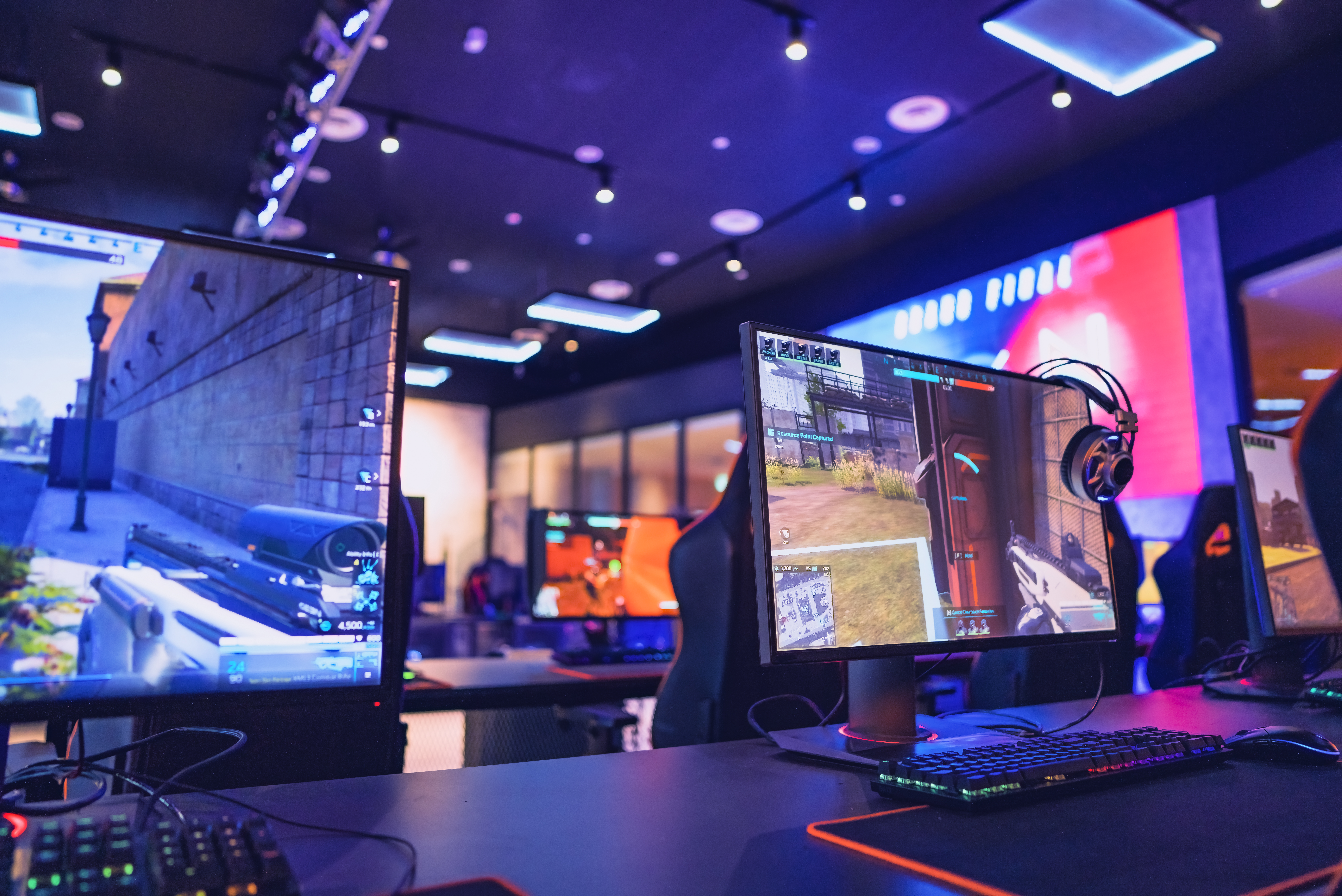Key Takeaways from Gamescom 2023

Mike Hill recently attended Gamescom 2023, the largest European trade fair for the digital entrainment industry with over 320k attendees. From spending time there with clients, meeting new and existing contacts, watching exhibitors and taking part in some of the early look demos it’s clear that the industry is thriving and innovating from indie through to AAA.
Update on M&A and financing activity
It is no secret that M&A and financing volumes across sectors have come down in 2023 and gaming is no different. Several of the large consolidators have slowed, from a frenzied series of majority and minority deals to a more selective approach, and in some cases have started to consider divesting non-core assets. The outlook for 2024 and beyond is bright though, with well financed developers and publishers thriving and a number of private equity investors in the UK and beyond having developed sophisticated investment theses in gaming, coupled with the growing number of maturing co-dev, technical services and marketing businesses that fit this agenda.
Key takeaways from Gamescom 2023
- Strong IP underpins long-term success
Like other areas of digital entertainment, gaming is built on a foundation of strong IP that allows for enduring franchises lasting multiple generations and incarnations. 2023 was a particularly strong year for franchise restarts (Mortal Kombat 1, Sonic), remasters (Resident Evil 4, Quake 2, Metal Gear Solid) and sequels (Diablo 4, The Legend of Zelda: Tears of the Kingdom, Tekken 8). Strong IP is also driving the recent re-emergence of transmedia with successful gaming franchises coming to big (Mario, Sonic) and small (The Last of Us, Arcane, The Witcher) screens creating some of the biggest movie and TV releases of the year - New platforms
There has always been an intense battle for control over the core platforms players use to access content. Historically, the console wars have been fought over play-at-home consoles; the next phase will be fought in the handheld market. Nintendo, Sony, Valve, Microsoft (via Logitech), ASUS, Lenovo, and Qualcomm are all participants in this contest for attention and distribution. Nintendo is the clear current leader with its strong base of household name IPs and nearly 130m devices sold but PC and hardcore gamers wanting something portable are looking to the Valve device which stands out in its domain and provides extended distribution reach for Steam (Valve) and in-turn developers from AAA to indie. - Distribution channels are changing
With cross-play, titles that were once exclusive to a particular console are now available more broadly, with players on different consoles being able to play together. Cross-play is not only changing the way players play but is also a driver of M&A. Distribution via TV has taken significantly longer to take off than originally anticipated, despite 87% of US households having at least one internet-connected TV device. Sony and Microsoft platforms are the most successful examples of streaming, which are sold as part of subscription service and even these examples have reported performance challenges. - Traditional private equity players have been busy building theses on gaming services
There have been many PE success stories, particularly in the UK, with the likes of Catalis, Sumo, Team17, Mediatonic and others being successful investments for the respective investors who backed them. These are typically built around consolidation in the fragmented co-dev and gaming services space, with upside coming from successful original IPs.

